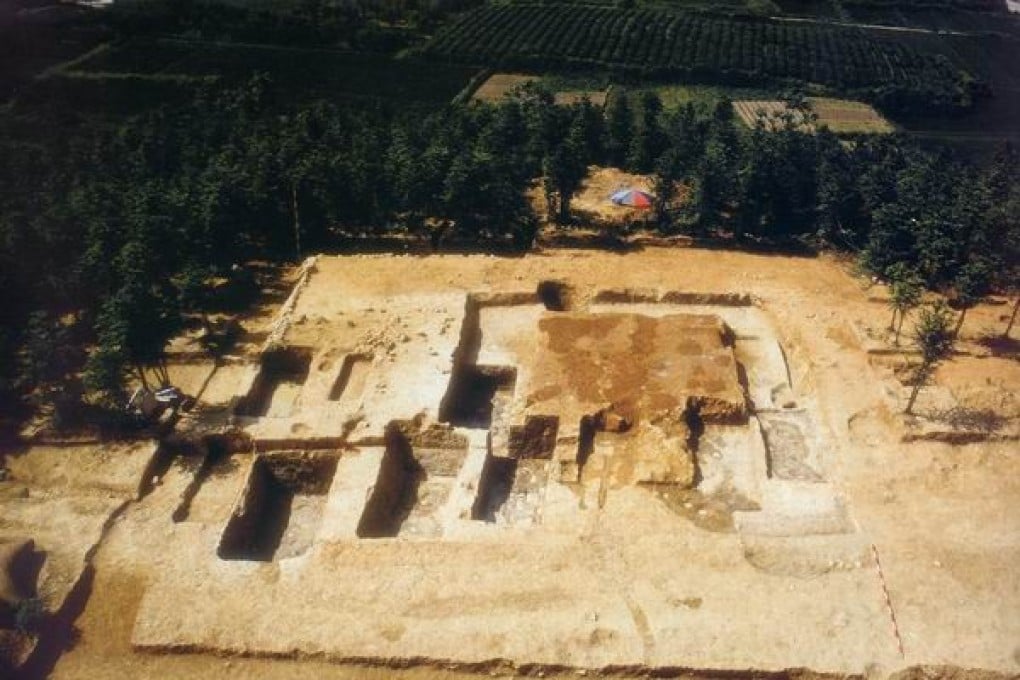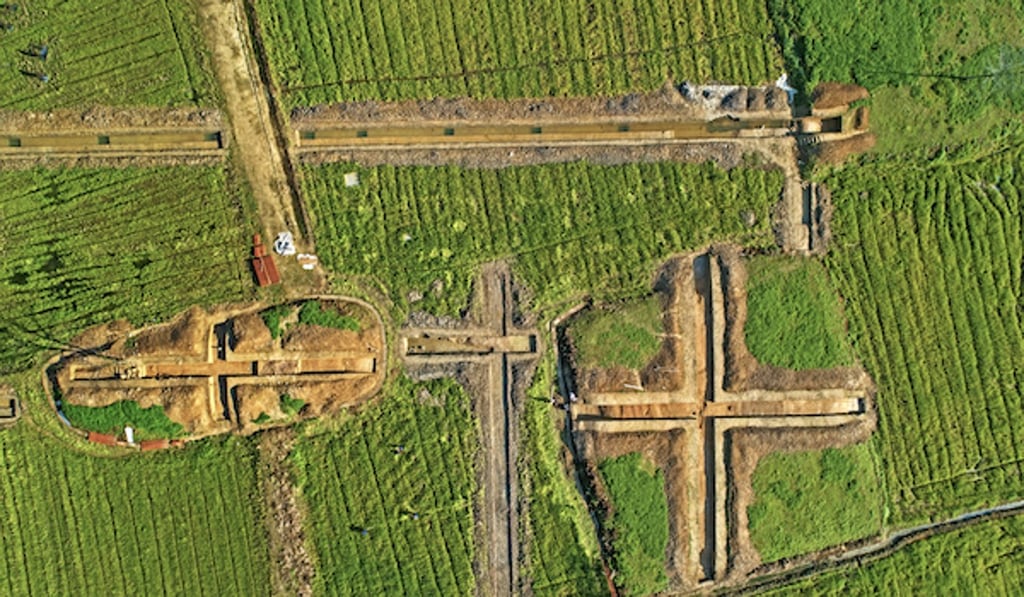Ancient Chinese city ruins become country’s latest Unesco World Heritage Site
- Five thousand-year-old ruins in Zhejiang province are the earliest known example of Chinese civilisation
- China passes Italy to become home to largest number of World Heritage Sites

A 5,300-year-old Chinese city that provides the earliest example of civilisation in the country has been named as China’s latest Unesco World Heritage Site.
The Liangzhu Archaeological Site in Zhejiang province was designated a “cultural site” at the ongoing Unesco meeting in Baku, Azerbaijan, bringing the total number of Chinese heritage sites to 55 – passing Italy as the country with the largest number in the world.
The ruins, located on the outskirts of the modern city of Hangzhou, sit on the plain of river networks in the basin of the Yangtze River and date back to 3,300BC.
The site covers an area of 14.3 sq km and includes relics of 11 dams, cemetery sites, a water conservancy system and walls that give evidence to an early Chinese urban civilisation, with rice cultivation as the economic foundation.

The discovery of the site was of “primary importance” as it provides compelling evidence that Chinese civilisation started 5,000 years ago – 1,000 years earlier than previously thought, Colin Renfrew, a retired professor of archaeology at the University of Cambridge, told state news agency Xinhua.
“So when we are talking of the origins of state society in China, we can think of the Liangzhu … instead of the Shang civilisation around 1,500BC,” Renfrew said.